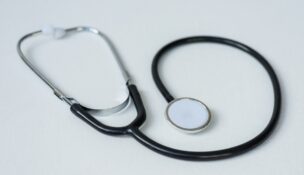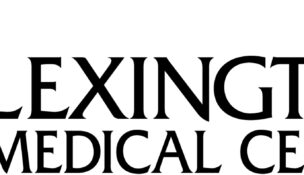Two-state partnership aims to reduce HIV infections
Staff Report //July 9, 2019//
The South Carolina Department of Health and Environmental Control is working with its counterpart in North Carolina and other health agencies to work to reduce HIV infections in both states, according to a news release from DHEC.
Carolinas United to End HIV is a collaboration including DHEC, the North Carolina Department of Health and Human Services, Mecklenburg County (N.C.) Health Department, University of South Carolina, Medical University of South Carolina, University of North Carolina at Charlotte and the University of North Carolina at Chapel Hill Center for AIDS Research.
The goal of the collaboration is to reduce incident HIV infections in the Carolinas by 75% within five years and 90% within 10 years. That aim coincides with the reduction the United States Department of Health and Human Services proposed in a new initiative to address the HIV public health crisis.
According to the 2018 DHEC Epidemiologic Profile of HIV and AIDS in South Carolina, as of Dec. 31, 2017, the most recent numbers available, there are an estimated 19,749 South Carolina residents living with a diagnosed HIV infection. The report also says the number and rate of people in South Carolina who are diagnosed with HIV has been declining each year. The 2016 Centers for Disease Control and Prevention HIV/AIDS Surveillance Report ranked South Carolina 11th in the United States with an AIDS case rate of 7.4 per 100,000 residents.
The collaboration will focus on expanding resources and decreasing stigma in rural areas such as in the Carolinas which bear a “disproportionate HIV burden,” according to its mission statement. That burden is “driven by our states’ unique intersection of stigma, poverty, and limited resource allocation,” the statement says.
The Centers for Disease Control and Prevention estimates that 1.1 million people are living with HIV in the U.S., including approximately 166,000 who are unaware that they have the virus.
















